AMART 2024, first previews from Milan antiques fair
The sixth edition of AMART, the Antiques Exhibition organized by theAssociazione Antiquari Milanesi and Promo.Ter Unione, is preparing to welcome visitors to an event where past and present dialogue harmoniously thanks to an exhibition project conceived by Pelizzari Studio. From Nov. 6 to 10, Milan’s Museo della Permanente will become a stage for more than 63 Italian and international galleries, offering a journey through centuries of art history, from the Renaissance to the contemporary.
Welcoming visitors is a majestic portal that recalls the elegance of a Renaissance palace, revisited in a modern key. This installation guides the public on a journey that, through a succession of vaults, connects ancient art with the most contemporary artistic expressions.
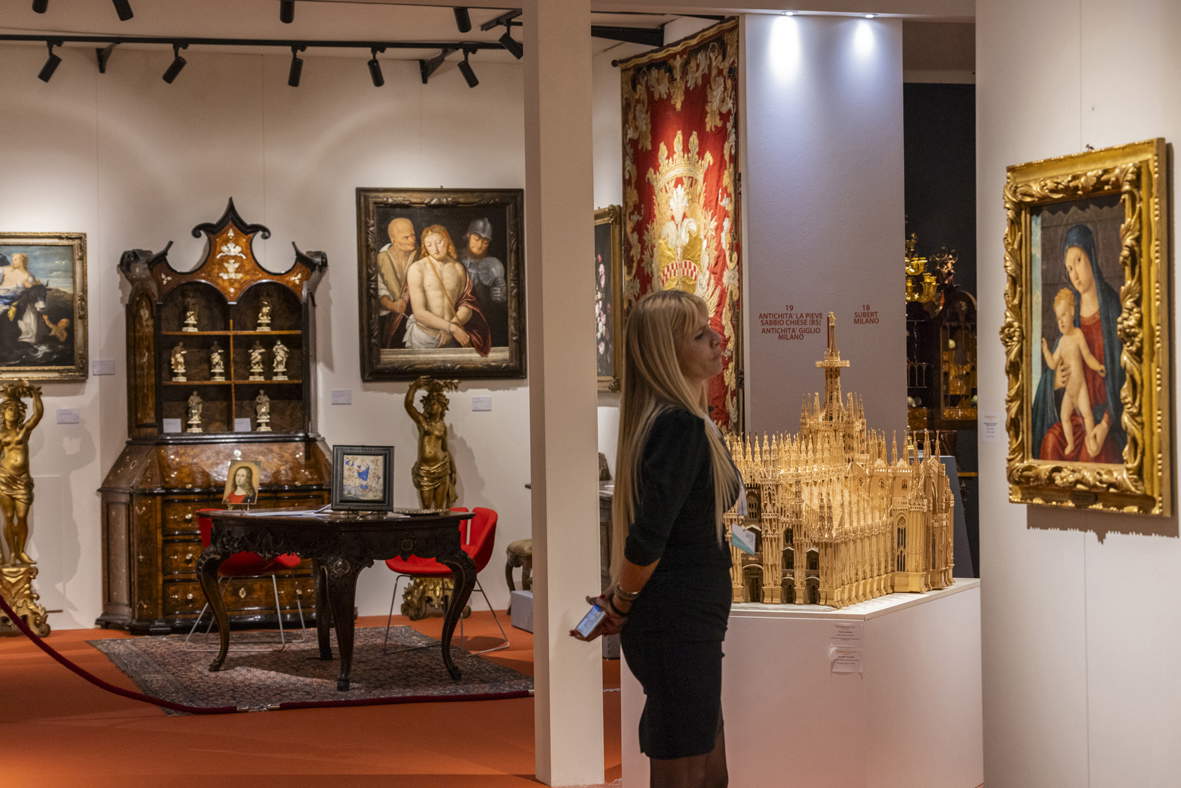
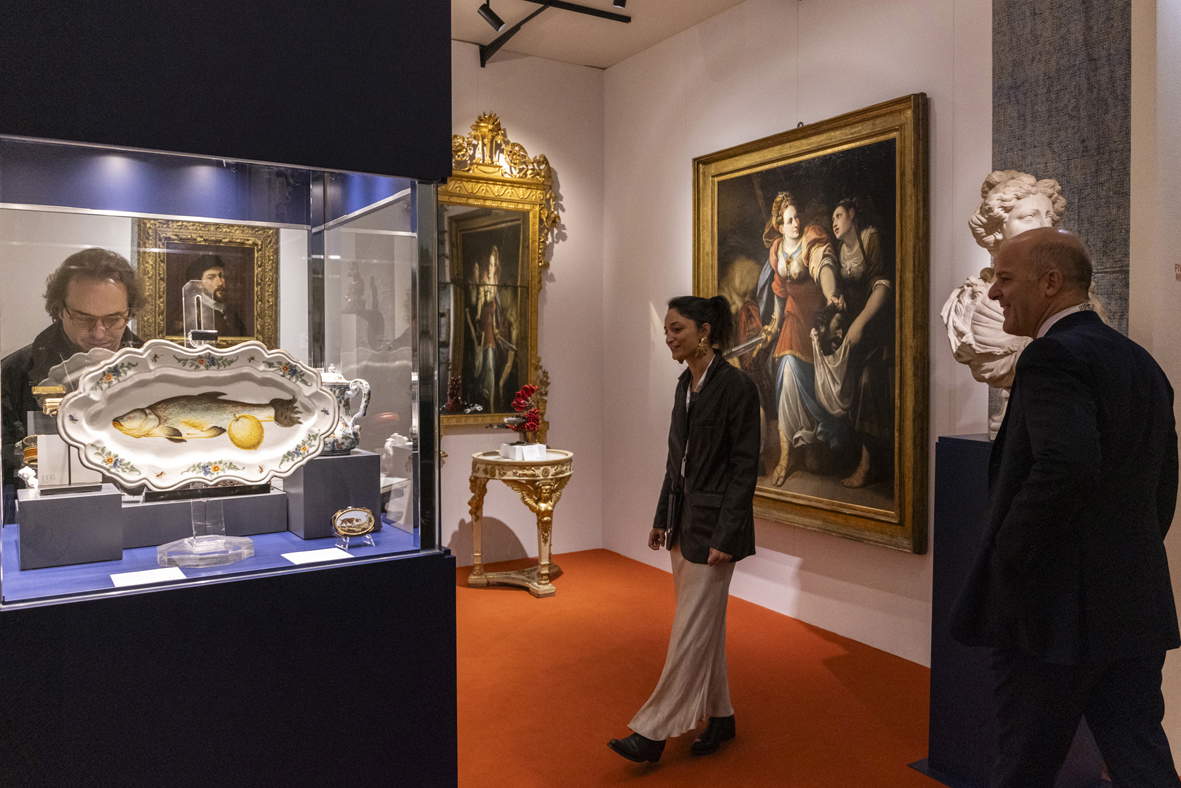
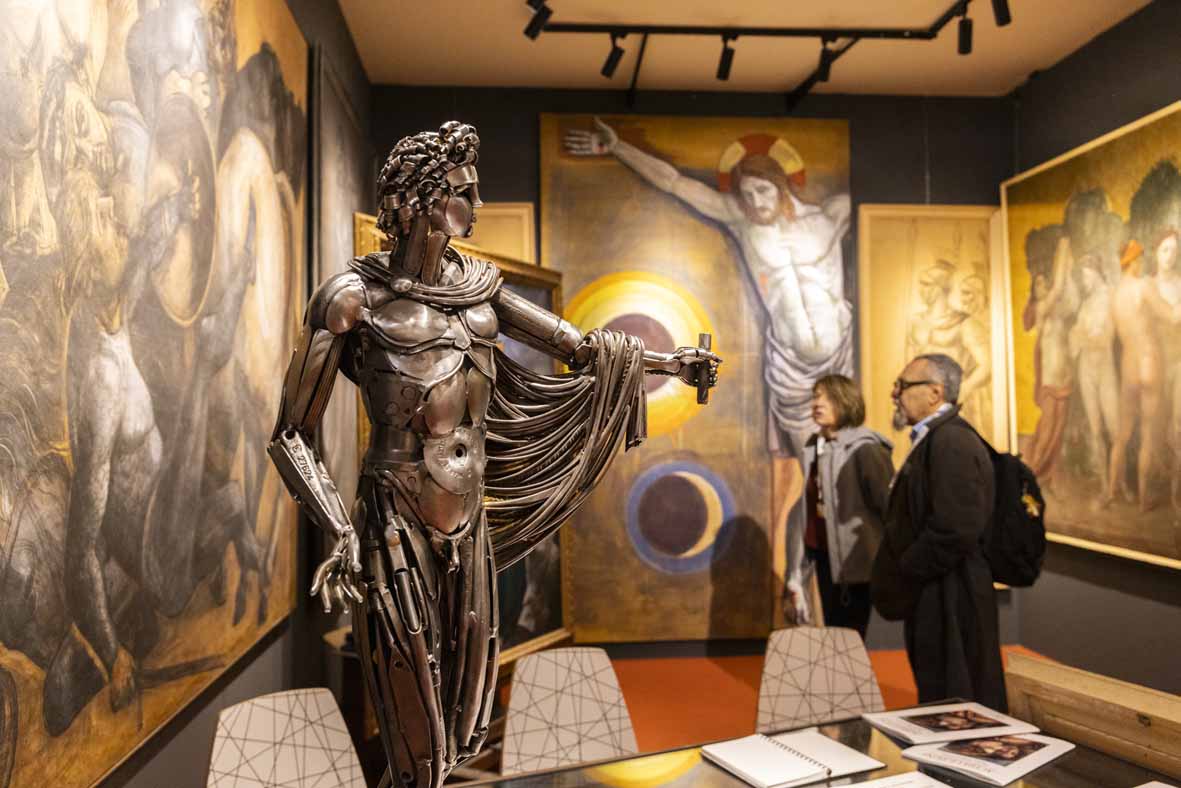
A journey through museums and galleries
Upon entering the exhibition, the viewer is greeted by the museum area, where three prominent cultural institutions stand out: the Poldi Pezzoli Museum, the Bagatti Valsecchi Museum, and MuseoCity. An elegant structure, inspired by Renaissance triforiums, frames the works on display in a dialogue between ancient and modern.
The heart of the exhibition, however, is the participating galleries, including some new entries that bring freshness and variety to the display. These include Paolo Antonacci’s booth, which presents a painting by German Carl Wilhelm Gotzloff (1799-1866), depicting the dramatic clashes of April 6, 1849 in Catania, where Bourbon troops confronted the insurgents in a climate of extreme violence and tension.
One of the highlights is the work by Andrea Appiani, a master of Neoclassicism, offered by W. Apolloni & Laocoon Gallery: Europa Consoled by Venus, dated 1784-86, which depicts the mythological scene in which Venus presents Cupid to Europa, in a bucolic setting. Among the most interesting works is a rare Nigerian tribal sculpture presented by collectors Denise and Beppe Berna, specialists in classical tribal art. The female figure, dedicated to the cult of Shango, represents one of the most powerful deities in Yoruba culture, linked to the control of lightning and thunder.
An itinerary among ancient and modern masterpieces
Prominent among the works of ancient art is the Madonna and Child Sleeping by Giovanni Battista Salvi, better known as Sassoferrato, presented by the Ducci Gallery. This delicate oil on canvas, already shown in the Salvifica exhibition, is a perfect example of the painter’s mastery of portraiture, capable of combining light and silence in a work of great emotional intensity.
Contemporary painting also finds its space at AMART. Carla Accardi, a leading exponent of Italian abstract art, is represented with a 1997 Untitled, a work that best expresses her characteristic use of vinyl on canvas, combining signs and colors in an innovative pictorial language.
For sculpture enthusiasts, the exhibition features authentic masterpieces. At Piva & C., an extraordinary Head of a Waterman, made in 1881 by Vincenzo Gemito, one of the most appreciated sculptors of Neapolitan Realism, stands out. The face of the young waterman, modeled with great skill, is an icon of everyday life and art of the late 19th century.
Matta Antichità presents a fascinating Madonna and Child with St. John by Barbara Longhi, one of the few Renaissance painters recognized for their excellence. The work, dated between 1595 and 1605, is distinguished by its intimate composition and vivid use of color, influenced by masters such as Raphael and Leonardo da Vinci.
In the work offered by DYS 44 Lampronti Gallery in London, Heroism of Muzio Scevola before the Etruscan king Lars Porsenna, Guercino immortalizes a crucial moment in Roman history. Muzio Scevola, a young Roman, demonstrates extreme courage in front of the Etruscan king Porsenna. In the act of killing the king, Muzio misses his target and, to punish himself, sticks his right hand in the fire. Guercino masterfully portrays Porsenna’s astonishment and Scevola’s determination, creating a work that celebrates heroism and civic virtue. The large oil on canvas is characterized by strong expressiveness and attention to detail, typical of Guercino’s style.
M45 Marco Bertoli Angelo Enrico, Milan-Genoa, offers Il teatro della Scala, 1849, tempera on paper by Carlo Bossoli (Lugano 1815 - Turin 1884) that is sure to appeal to music collectors. Tornabuoni Arte presents a portrait of a Florentine noblewoman, a 16th-century work attributed to Alessandro Allori. The painting, in excellent condition, depicts an elegant young woman, probably a betrothed. Allori’s Mannerist style and technical mastery are evident, as his other famous works also demonstrate. The work, intended to adorn noble palaces, is an example of a celebratory portrait of the Florentine Renaissance.
Moses Levy, an artist poised between Tunisia and Versilia, was born in Tunis in 1885, moved to Viareggio in 1917, and left an indelible mark on the Italian art scene. The work offered by Society of Fine Arts: Woman with White Hat, made in the very year of his move, is an example of this. This small oil on cardboard painting, with its stylized female figure and vibrant color palette, represents a transitional phase in Levy’s artistic production. Influenced by Divisionism, the artist moved toward a more synthetic and dynamic style, anticipating some features of Futurism. The work, while simple, captures the mundane and lively atmosphere of Versilia, a recurring theme in Levy’s production.
At the stand of Phidias Antiques, a work by Antonio Ligabue (1899-1965), Tiger in the Forest, oil on oil on panel, a rareand important work belonging to the artist’s second painting period (roughly from 1939 to 1952), is noteworthy: the subject matter becomes more full-bodied and dense, and the works become more finished. The presence of very few works from this artistic period make it particularly sought after and interesting for collectors.
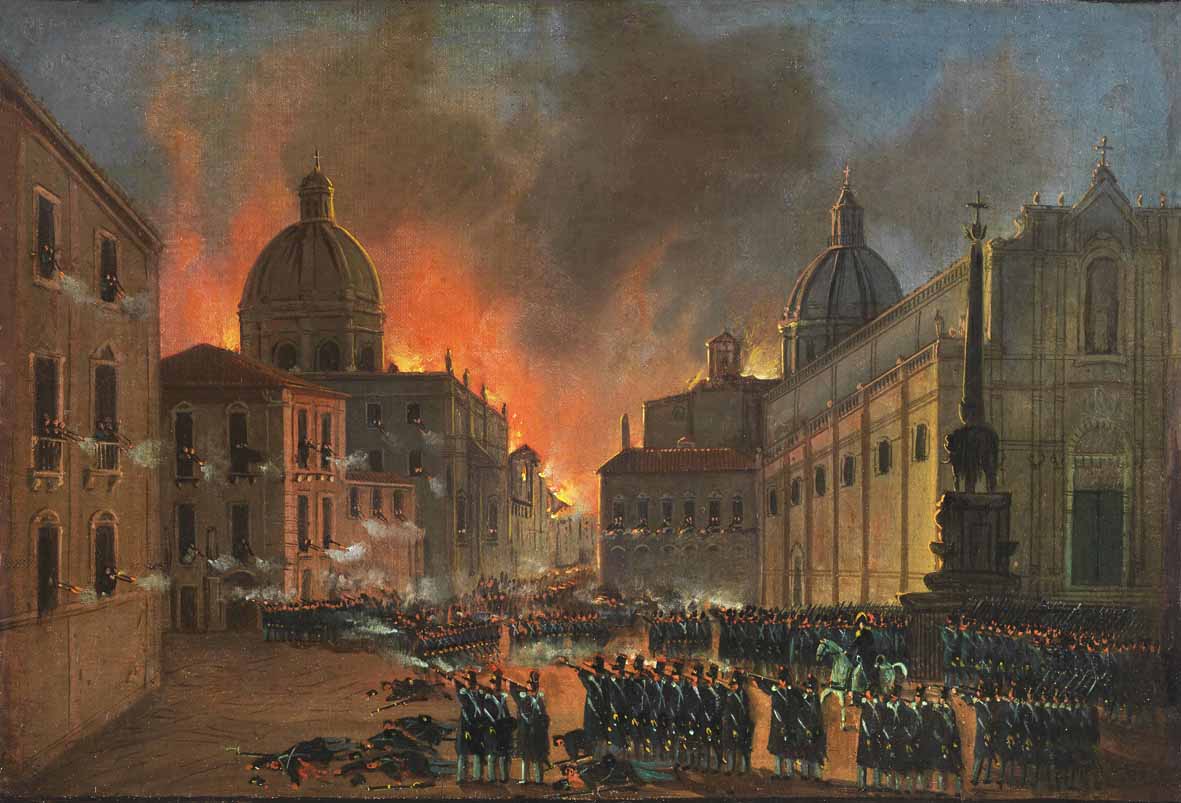
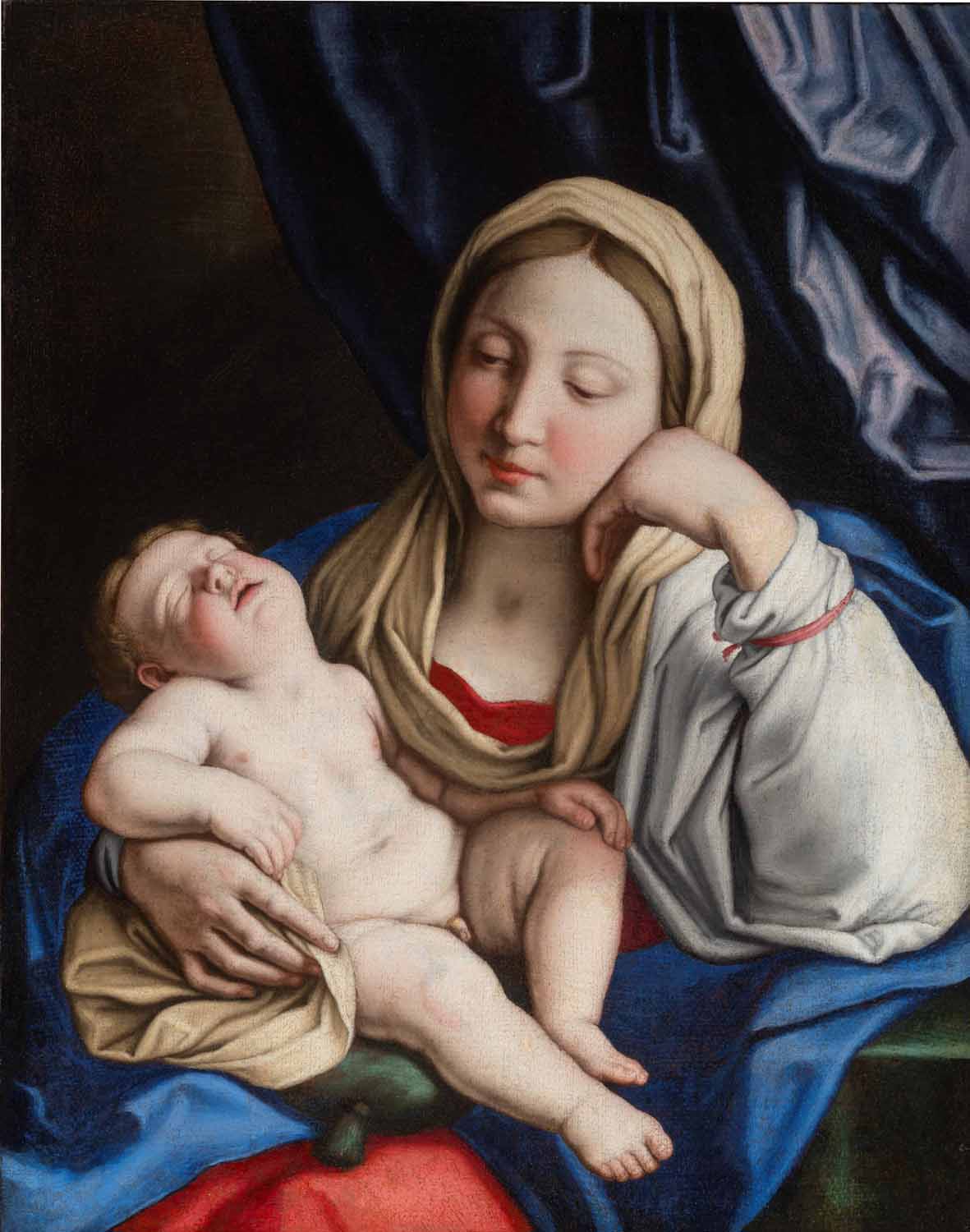
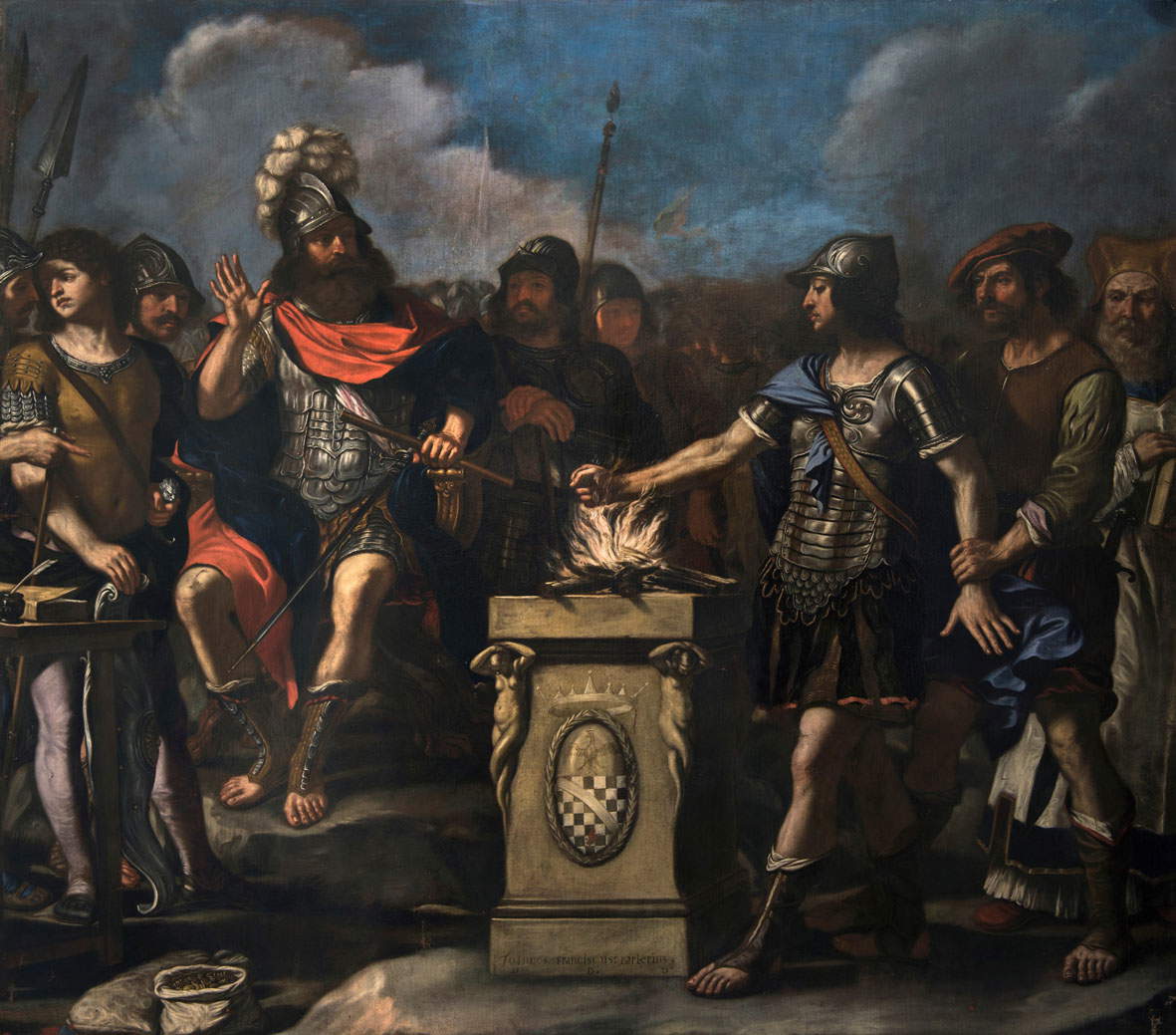
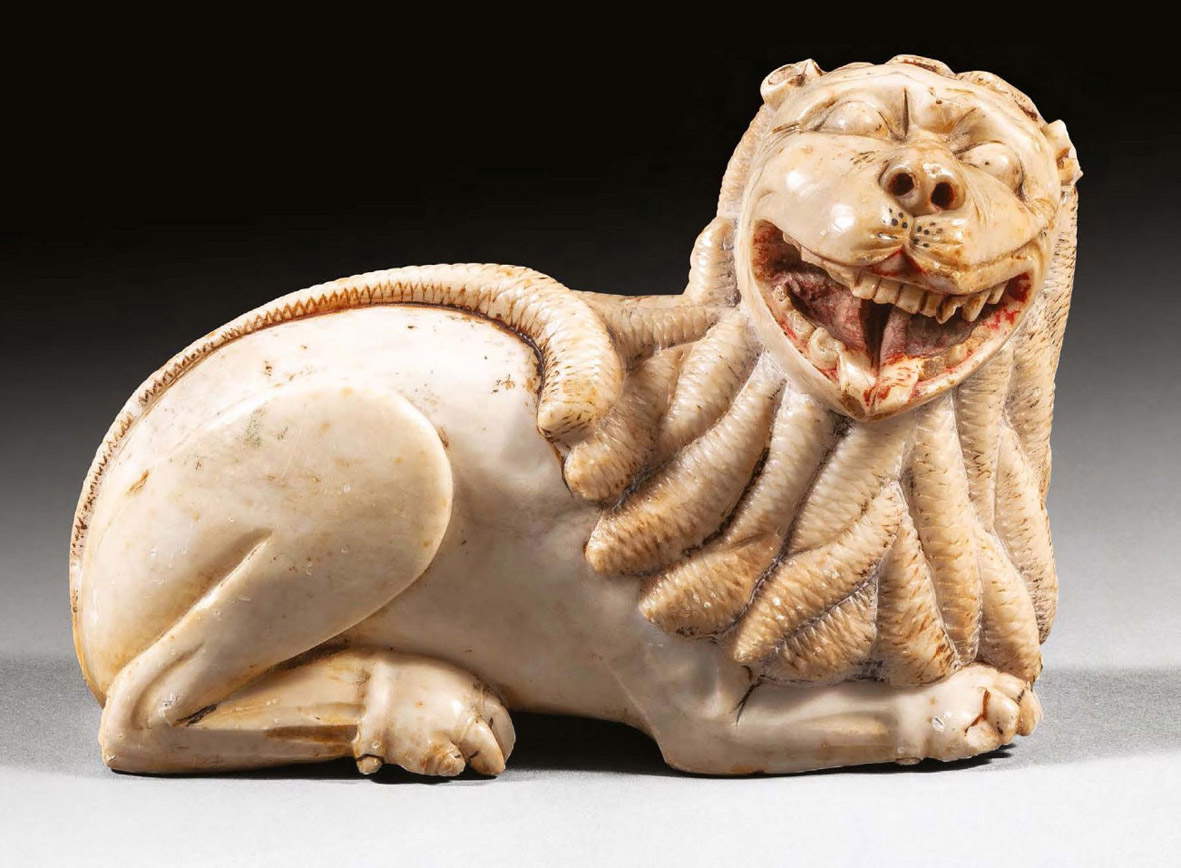
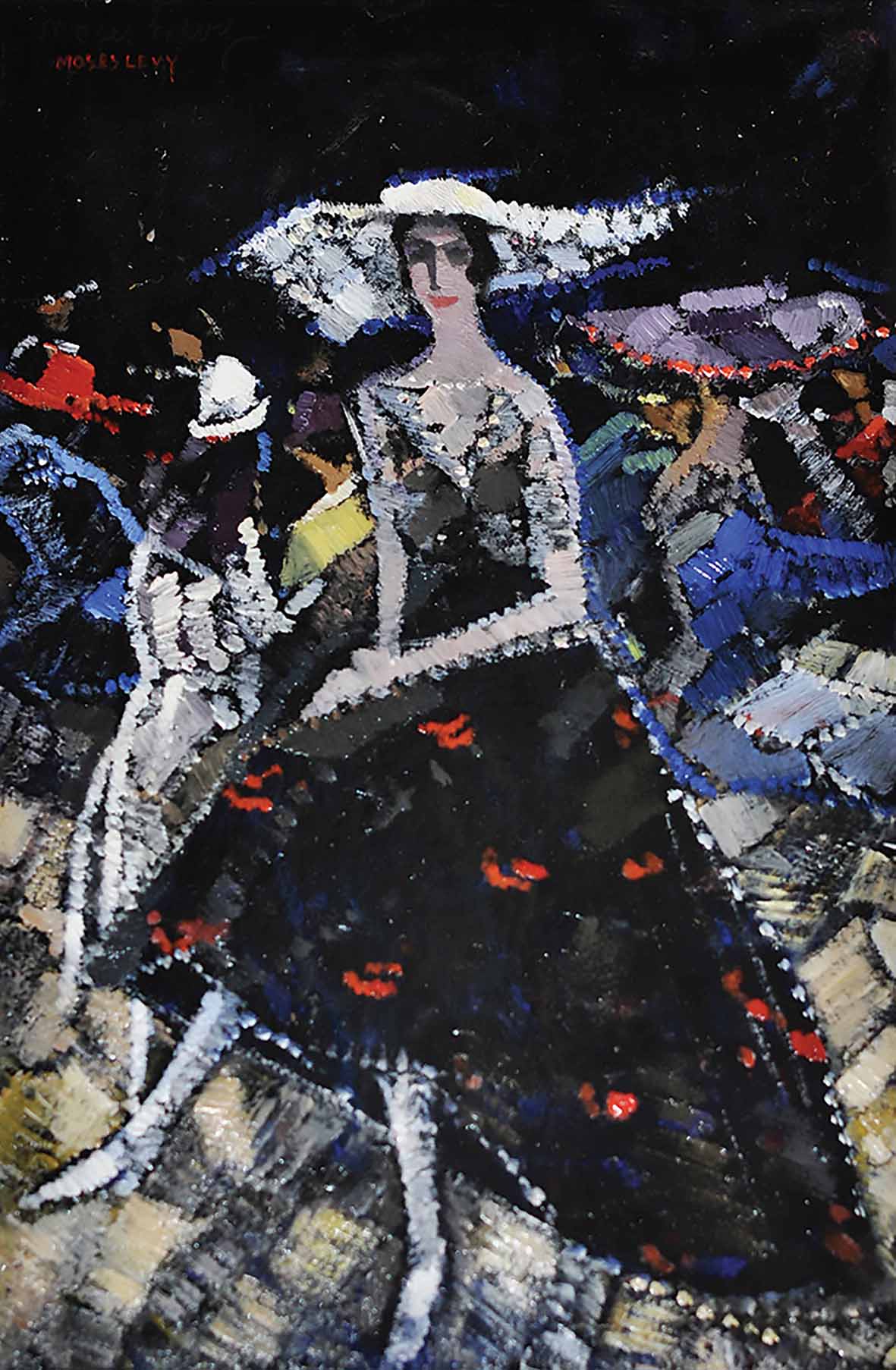
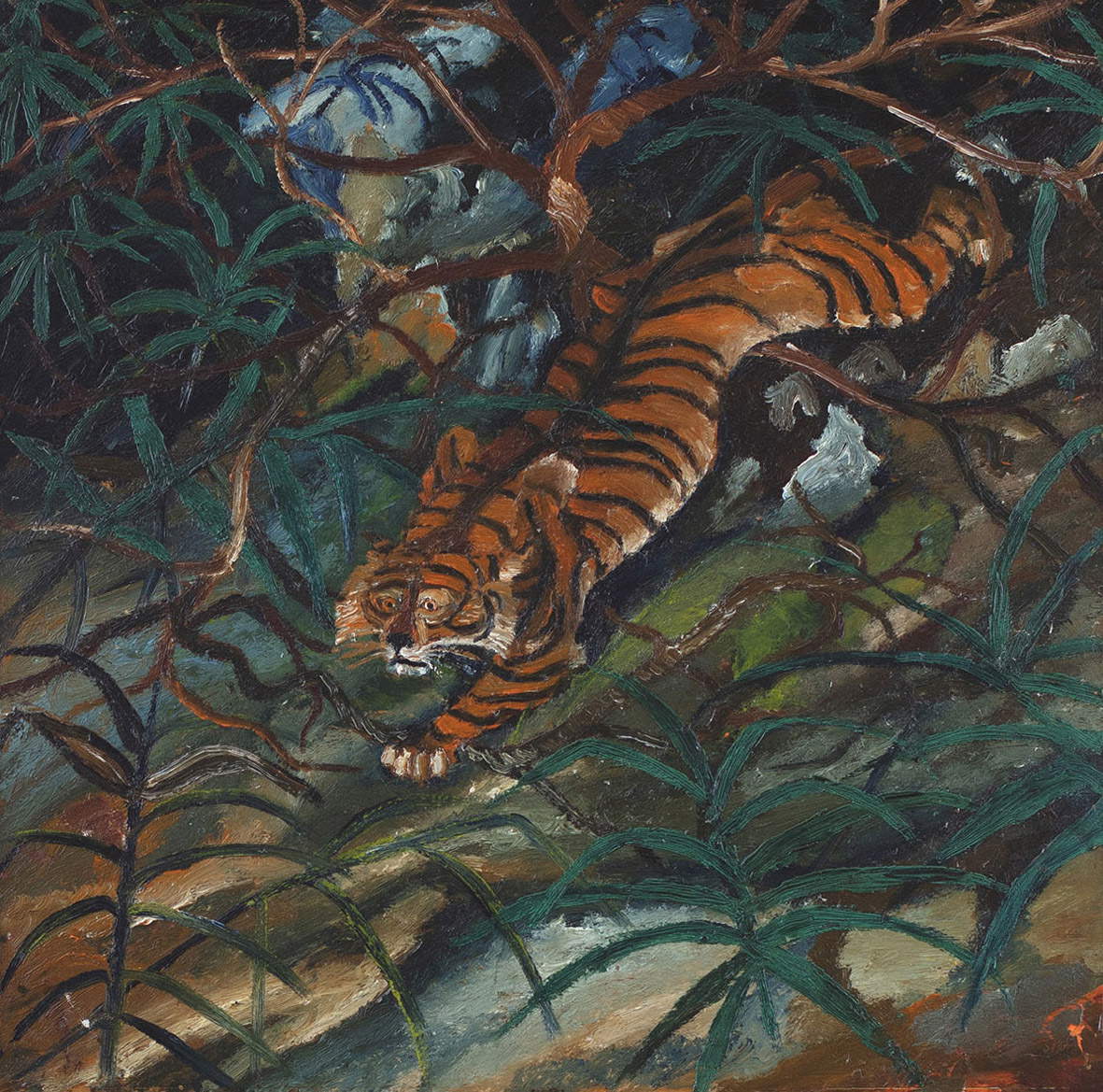
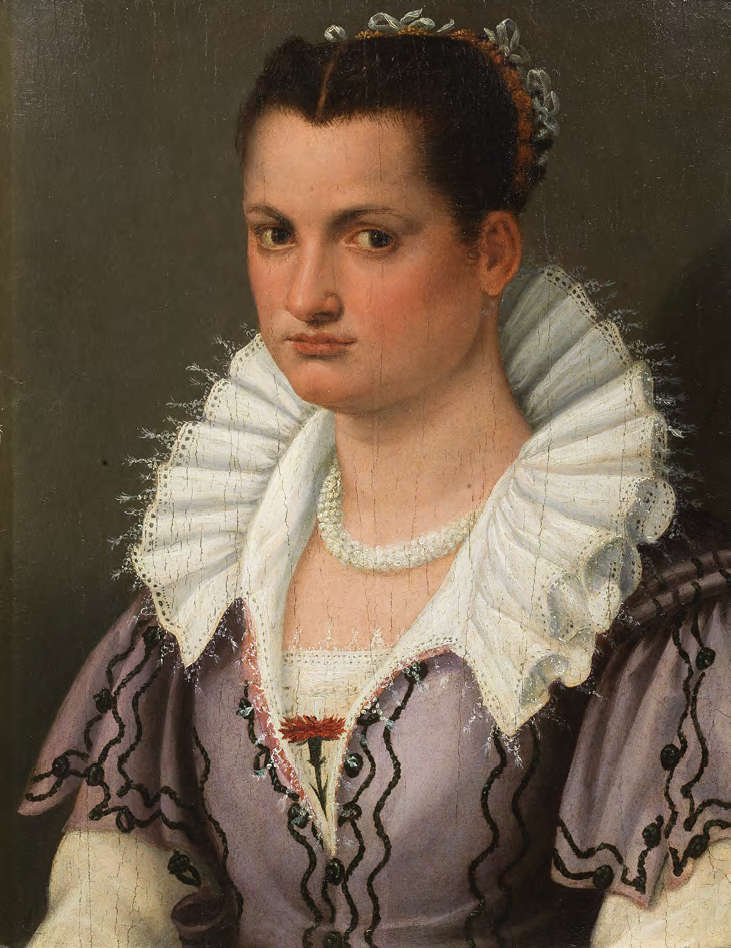
Art and design: between the past and innovation
In addition to paintings, sculpture and tribal art, AMART also devotes space to historical design and decorative art. Galleria Silva offers an elegant 18th-century Venetian drawing room, entirely lacquered in light blue and decorated with gilded reliefs and fine carvings, an example of the cabinetmaker’s art of the time.
From France comes a precious lyre-shaped pendulum clock, presented by Top Time Musa Gallery. This 18th-century masterpiece, with details in gilded bronze and white marble, is a rare example of French clockmaking from the Louis XVI era.
Among the more unusual sculptures, Monte Carlo’s Dario Ghio Gallery brings to Milan a Huamanga Stone Lion, made in Peru in the 17th century from a particular volcanic stone from the Andes. This sculpture represents a crouching lion, worked with a refined technique and enriched with traces of original polychromy.
 |
| AMART 2024, first previews from Milan antiques fair |
Warning: the translation into English of the original Italian article was created using automatic tools. We undertake to review all articles, but we do not guarantee the total absence of inaccuracies in the translation due to the program. You can find the original by clicking on the ITA button. If you find any mistake,please contact us.





























